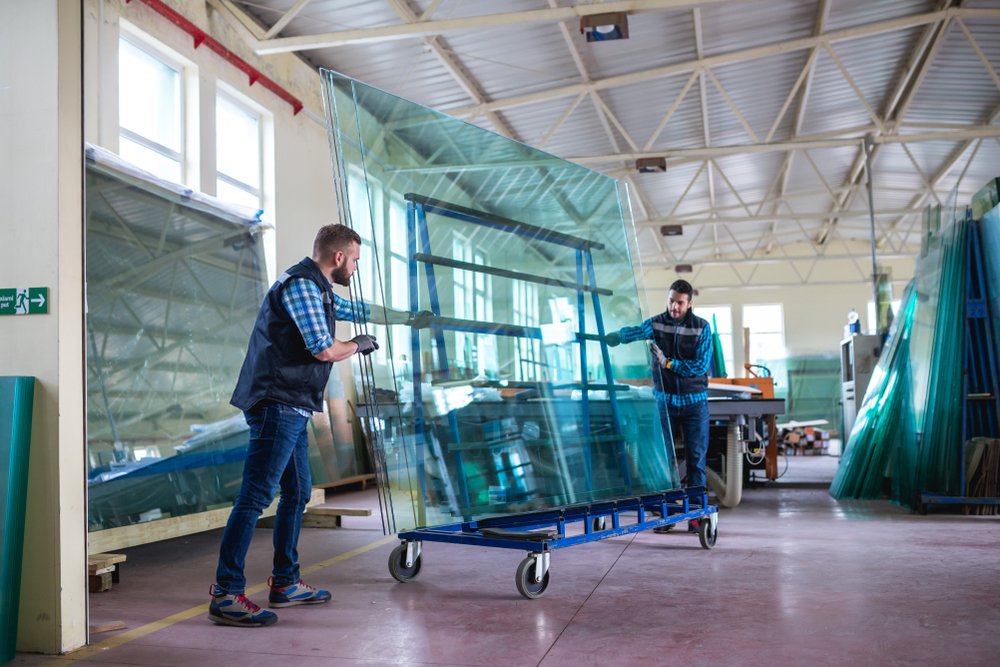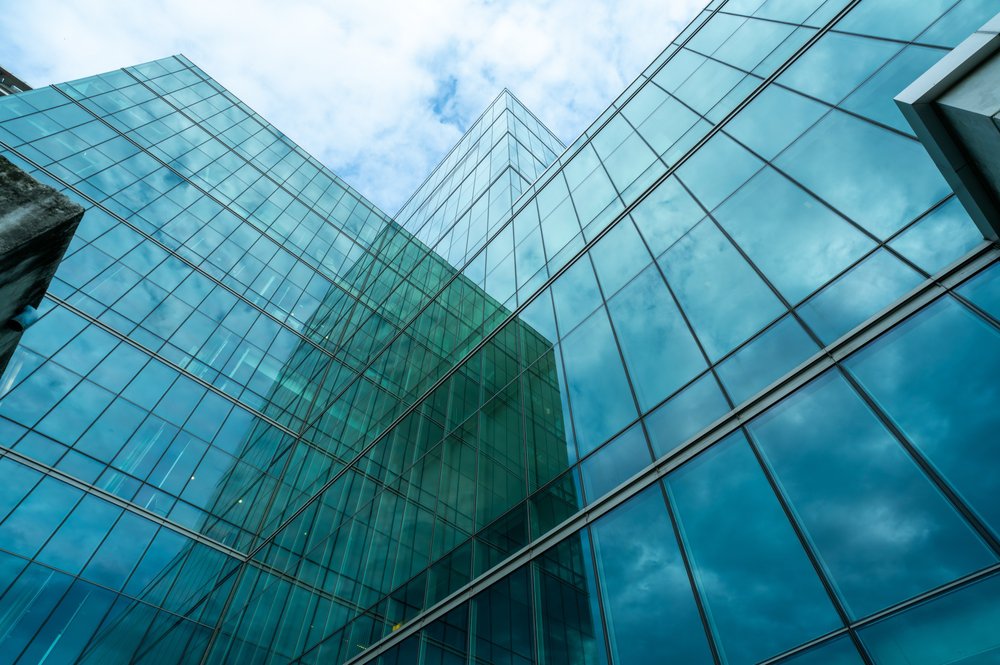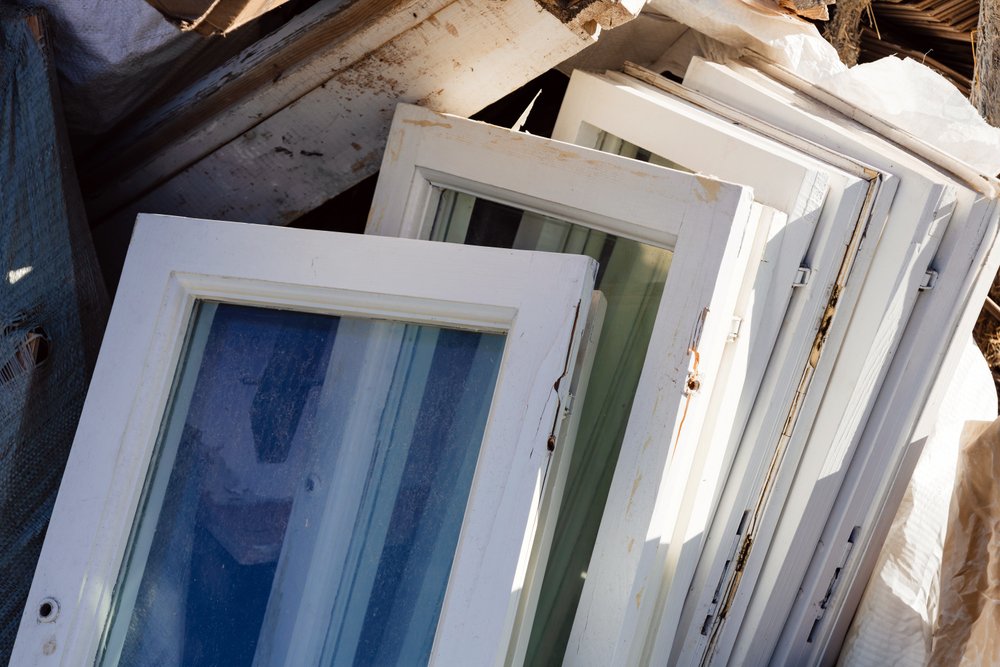Low-emissivity (Low-E) coating technology has reshaped the role of glass in modern architecture. Designed to reflect infrared heat while allowing natural light to pass through, Low-E coatings help maintain indoor temperature, reduce energy consumption, and increase occupant comfort. Whether used in residential homes or large-scale commercial buildings, the inclusion of a Low-E coating within insulated glass units plays a vital role in improving thermal performance.
Understanding how these coatings work—and how different types impact efficiency—can help building professionals make informed decisions about the materials they use. As demand grows for energy-efficient construction, Low-E technology stands out as a cost-effective and environmentally conscious solution.
What is Low-E Coating?
A Low-E coating is an ultra-thin, transparent layer typically made of metallic oxides such as silver, tin, or zinc. These materials reflect long-wave infrared radiation (heat), helping retain warmth during cold months and block external heat during warmer seasons—all while letting in ample visible light.
Hard Coat vs. Soft Coat Low-E
Low-E coatings come in two primary types, each offering unique performance characteristics:
- Hard Coat Low-E (pyrolytic): Applied to the glass surface while it’s still hot during manufacturing. This type bonds strongly to the glass and is highly durable. While not as thermally efficient as soft coat options, it is well-suited for single-pane or exterior-facing applications.
- Soft Coat Low-E (sputtered): Applied in a vacuum chamber after the glass has cooled. It offers superior performance in reflecting heat and is commonly used in double- or triple-pane insulated glass units. However, it is more delicate and typically used within sealed units to protect the coating.
Both versions are designed to improve insulation, but choosing the right type depends on climate, glazing configuration, and overall energy goals.
How Low-E Coatings Improve Seasonal Energy Efficiency
A Low-E coating enhances energy efficiency by regulating the flow of radiant heat through glass. This becomes especially important in regions that experience both hot and cold seasons.
Winter Benefits:
- Reflects indoor heat back into the space, reducing the workload on heating systems.
- Maintains a warmer and more comfortable interior environment.
Summer Benefits:
- Minimizes solar heat gain, keeping interiors cooler.
- Reduces reliance on air conditioning systems.
These temperature-stabilizing benefits lead directly to energy cost savings and a more comfortable indoor climate year-round.

Regulatory Compliance and Green Certifications
In addition to their performance advantages, Low-E coatings are essential for meeting increasingly stringent energy efficiency regulations and contributing to green building certifications.
Relevant Standards and Certifications Include:
- Energy Star®: Recognizes products that meet or exceed energy efficiency benchmarks.
- LEED (Leadership in Energy and Environmental Design): Awards credits for the use of materials that improve thermal performance and reduce energy demand.
- National and Provincial Building Codes: Require certain performance standards for fenestration products, particularly regarding U-factor and solar heat gain.
Incorporating Low-E technology is no longer optional for projects targeting sustainability goals—it’s a baseline requirement for compliance and competitiveness.
Environmental Benefits of Glass with Low-E Coating
Beyond meeting codes and lowering energy bills, Low-E coatings contribute meaningfully to broader environmental goals:
- Lower Greenhouse Gas Emissions: Reducing energy consumption means fewer fossil fuels burned at power plants.
- Improved Building Longevity: Reduced thermal stress on windows can extend the lifespan of insulated glass units.
- Sustainable Construction: Aligns with the global push toward reducing the environmental impact of buildings and construction materials.
By selecting glass products with Low-E technology, builders contribute to more sustainable urban development and help mitigate climate change.
What’s Next for Low-E Coating Technology?
Innovation in Low-E coatings continues to evolve, with ongoing research focused on enhancing durability, performance, and adaptability.
Emerging Trends Include:
- Dynamic Low-E Coatings: Capable of adjusting their thermal properties based on environmental conditions.
- Self-Cleaning Glass: Coatings that resist dirt and water buildup, reducing maintenance costs.
- Enhanced Spectral Selectivity: New coatings that improve visible light transmission while blocking even more infrared radiation.
While cost and consumer awareness remain challenges in widespread adoption, technological progress is making Low-E solutions more accessible and versatile.

How Insul-Lite Manufacturing™ Uses Low-E Coatings to Deliver Energy Efficiency
At Insul-Lite Manufacturing™, we integrate high-performance Low-E coatings into our custom sealed units to help clients meet energy goals and improve the comfort of their spaces. Our approach combines technical precision with material expertise to ensure that every insulated glass product delivers outstanding thermal performance and long-term value.
What Sets Our Low-E Solutions Apart:
- Tailored Performance: We match Low-E configurations to specific glazing needs and climate conditions.
- Advanced Manufacturing: Our rigorous processes ensure uniform coating application and unit integrity.
- Regulatory Compliance: We design all our products to meet or exceed performance standards required for energy-efficient buildings.
With decades of experience and a commitment to sustainability, we help our clients reduce operational costs and enhance their projects with top-tier glass solutions.
Take Action for Smarter, Greener Glass with Low-E Coating
Choosing the right insulated glass with a Low-E coating is more than a design decision—it’s a commitment to energy efficiency, regulatory compliance, and sustainable construction. Whether for a retrofit or new build, specifying Low-E technology helps optimize building performance and contributes to long-term cost savings.
Let Insul-Lite Manufacturing™ be your partner in creating energy-efficient spaces. Our experts are ready to help you select and implement the best glass solutions for your next project.
Contact us today to learn how our insulated glass with Low-E coatings can elevate your design while lowering energy costs.





